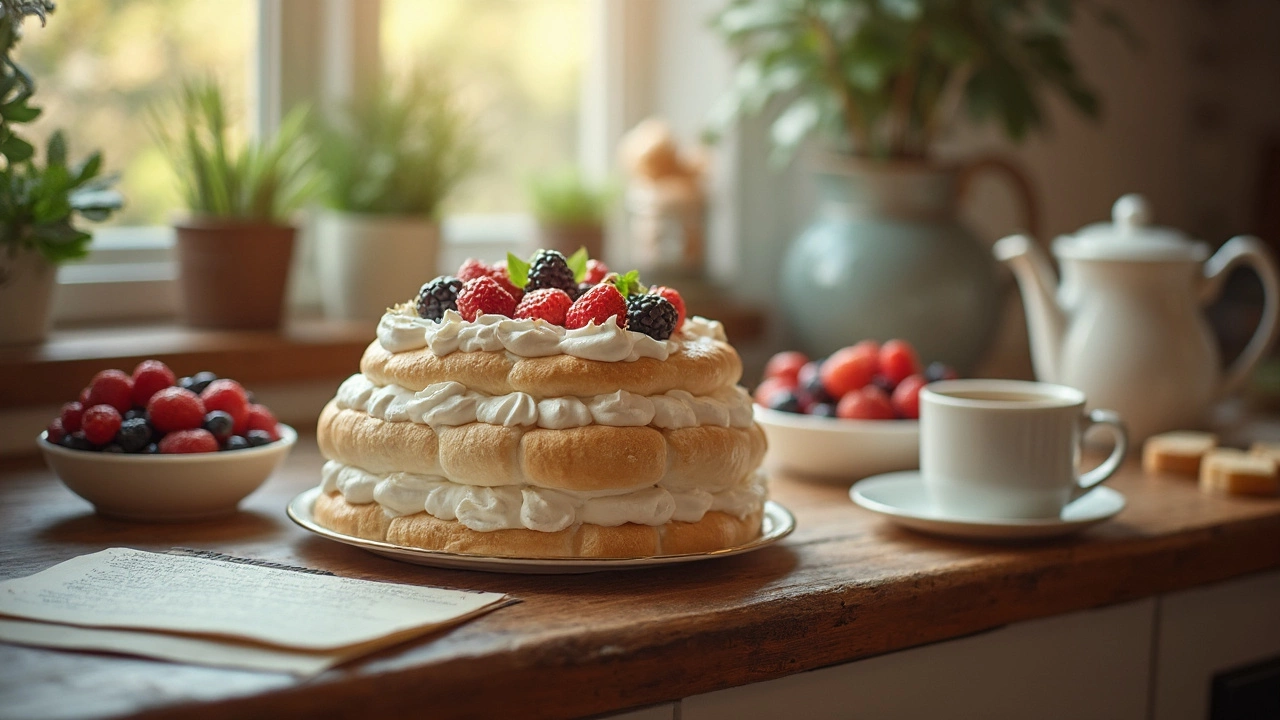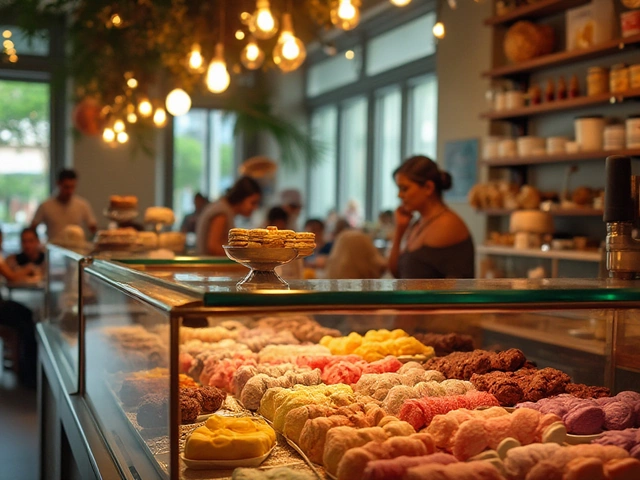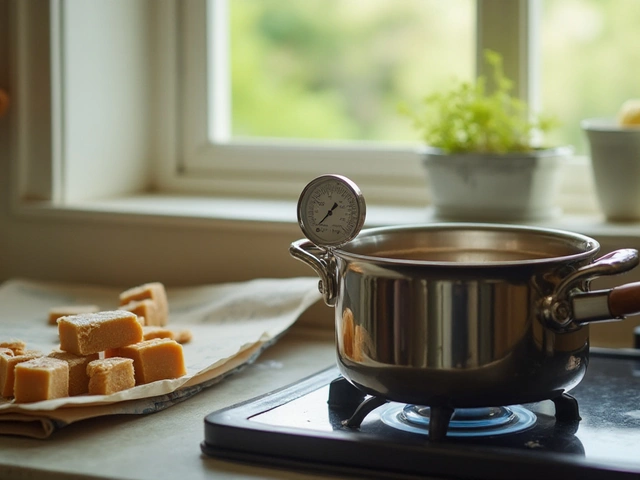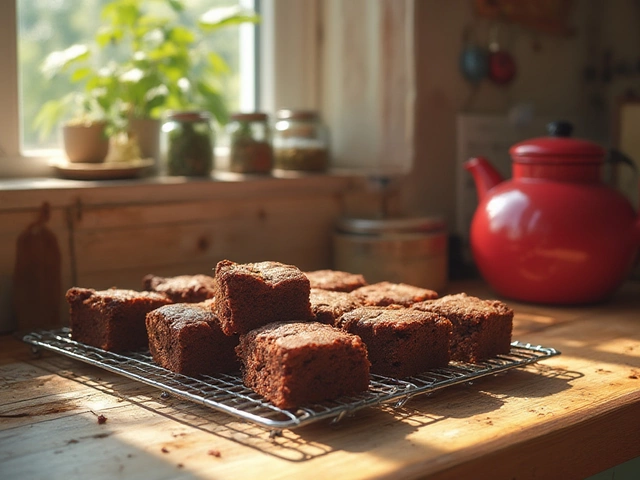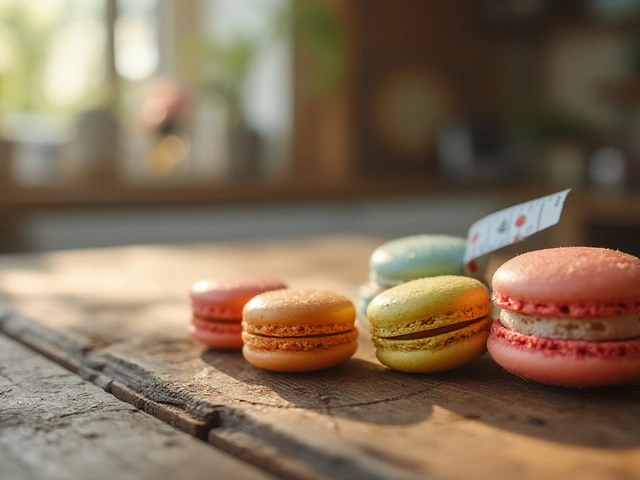Dessert Prep: Simple Tips to Keep Your Sweet Treats Fresh and Ready
When you pull a batch of brownies, a tray of macarons, or a sheet of cake out of the oven, the next step often feels fuzzy. Do you let it cool on the counter? Wrap it right away? Freeze it for later? This guide cuts the guesswork. We’ll walk through quick prep moves you can start right after baking, and storage tricks that lock in flavor for days.
Quick Prep Techniques
First, give baked goods enough breathing room. Let cookies, brownies, or cupcakes sit for 10‑15 minutes on the baking sheet. This lets steam escape, so the bottom stays crisp and the top stays soft. While they’re cooling, grab a clean kitchen towel and lightly cover the tray. The towel prevents a draft from drying the surface, but it’s porous enough to let extra moisture drift away.
Next, think about portioning. If you’re dealing with a big macaron tower or a sheet cake, slice it into serving‑size pieces now. Smaller pieces freeze and thaw faster, and you won’t have to wrestle with a massive slab later. For brownies, cut them into squares or bars before they fully cool; a sharp knife dipped in hot water will glide through without crushing the edges.
Storage Hacks for Best Freshness
Storing sweets is where most people slip up. The rule of thumb: keep moisture out but don’t lock it in too hard. For frosted brownies, a single layer of parchment paper under the frosting, then a snap‑top container, works wonders. The paper stops the frosting from sticking to the lid, while the container blocks air.
Chocolate‑based treats like brownies or fudge love the fridge only if they’re very moist. Otherwise, the fridge dries them out. A better bet is the freezer. Wrap each piece in plastic wrap, then pop them in a zip‑top bag. When you’re ready to serve, let them sit at room temperature for 20 minutes – the texture comes back as if they were fresh.
Dry goods such as cookies or shortbread stay crisp in an airtight tin with a slice of bread on the side. The bread absorbs excess humidity, keeping the cookies from getting soggy. Swap the bread out every day for best results.
Finally, label everything. A quick note with the date and type of treat saves you from mystery bites weeks later. It also helps you rotate stock so older desserts get used first.
With these prep and storage steps, you’ll spend less time worrying about stale brownies or mushy macarons and more time enjoying them. Grab your favorite recipe, follow the simple after‑bake checklist, and watch your desserts stay fresh longer. Happy baking!
